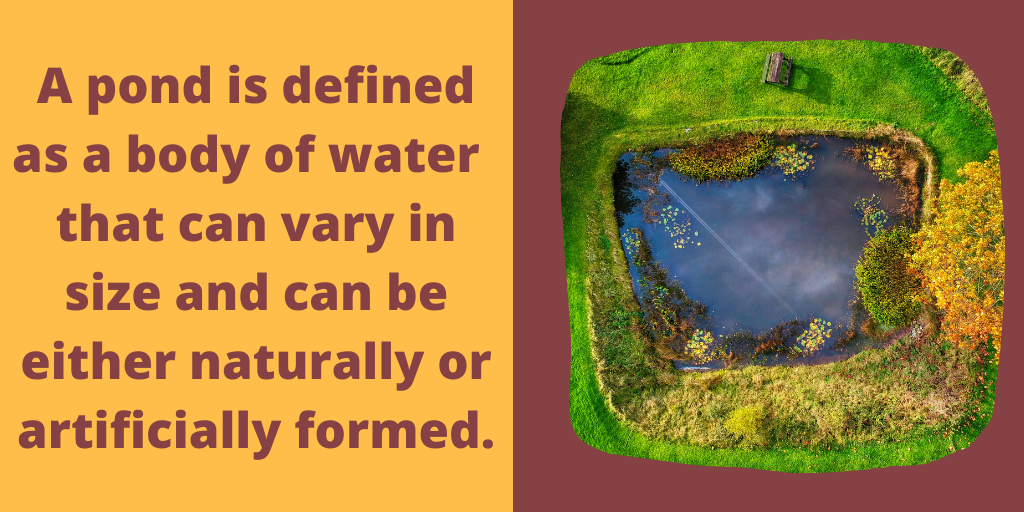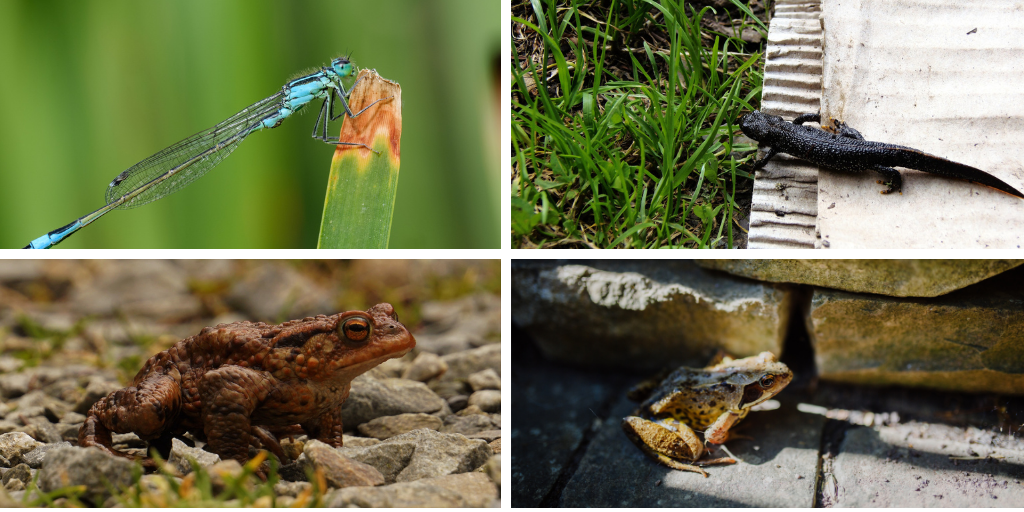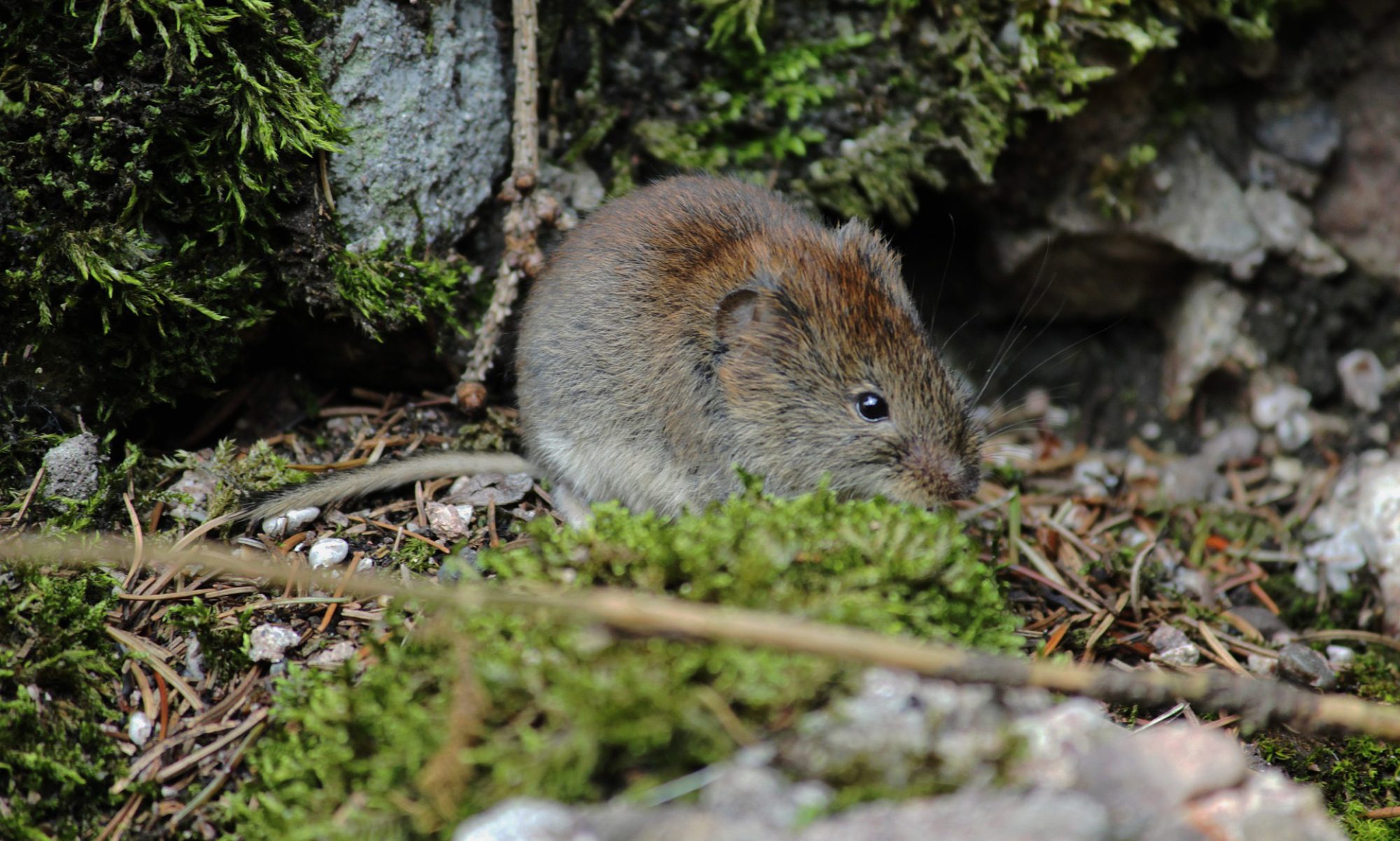What are ponds?
Ponds are a familiar feature of the British countryside and for many of us a beautiful garden feature that attracts wildlife into otherwise urban areas.
A pond is defined as a body of water (often fresh), that can vary in size and can be either naturally or artificially formed. Some ponds can be as small as 1 meter wide, whereas others expand to the size of multiple football fields!
Many ponds in the UK are artificially constructed (meaning they were created by people). There are ponds that are naturally developed, usually as a result of meandering rivers, root pits of fallen trees or even intervention by native species.
Some artificial ponds were originally dug to provide a water source for livestock on farmland, or for marl (a clay spread on fields to reduce acidity). Some ponds have even formed from bomb craters dating back from WWII, for example the aptly named ‘Bomb Crater Pond’ located in the south-west corner of Walthamstow Marsh.
Ponds also vary in age, with many unmaintained field ponds lasting only around a century as they are subject to movement of silt in the rainy seasons. Other, natural ponds, are ancient such as those known as pingos: these were created when ice-hills, formed by trapped water freezing and expanding, eventually melted, leaving water-filled depressions. Some pingos are placed at up to 14000 years old.
Many avid gardeners and wildlife watchers suggest that ponds are one of the most successful ways of introducing new and interesting species into your area as they promote biodiversity, supporting similar aquatic plants to our lakes, and even some of the larger invertebrates found on our rivers. The best ponds for wildlife have shallow margins with a fringe of vegetation and nearby plant cover for amphibians and insects with terrestrial life stages.

Where are they found?
Ponds are found in gardens, towns and villages, countryside on farmland, floodplains and heathlands; in woods, on grasslands and on moors. Ponds are especially effective in gardens as they perfectly complement the range of habitats to create a niche for both plant and animal species.
There are thought to be around 500,000 ponds in Great Britain, plus around three million garden ponds. The largest number of pingos are found in Breckland in East Anglia.
What can you find living in a pond?
Ponds can support an amazing two thirds of freshwater species. This includes the Common Frog, Common Toad, Pond olive mayfly, Blue-tailed Damselfly, Great Crested Newt, Medicinal Leech and many more.
Spring and Summer are some of the best times to observe flourishing pond life. In spring you will find masses of frog or toad spawn A newt sighting may occur, likely just after dusk in the late spring in the pond margins. Even bats can be seen skimming the water surface in the early summer evenings. In Summer you can expect to see water beetles, flees and dragonfly nymphs.

The Importance of Ponds
Ponds are an incredibly important contribution to the biodiversity of the UK and have a large impact on the larger environmental issues that affect our Planet such as climate change. These often small bodies of water are considered to be early warning systems to view the effects of climate change at a local level; for example, warmer temperatures are projected to significantly increase the number of species found in ponds (especially at high altitudes). Research of ponds lead by the Freshwater Habitats Trust and European Pond Conservation Network revealed ponds are disproportionately rich in species when compared to rivers, streams and lakes and home to many rare specialists, such as fairy and tadpole shrimps. Other studies into carbon burial rates may reveal that ponds (being so numerous across the Earth) accumulate carbon, this is countered however by the role of many permafrost thaw ponds in the Artic that release high amounts of carbon as the tundra warms.
How can you support pond life?
To learn more about our ponds in the UK and what you can do to support local ponds (or even create a wildlife paradise in your back garden) visit some of the informative links below:

